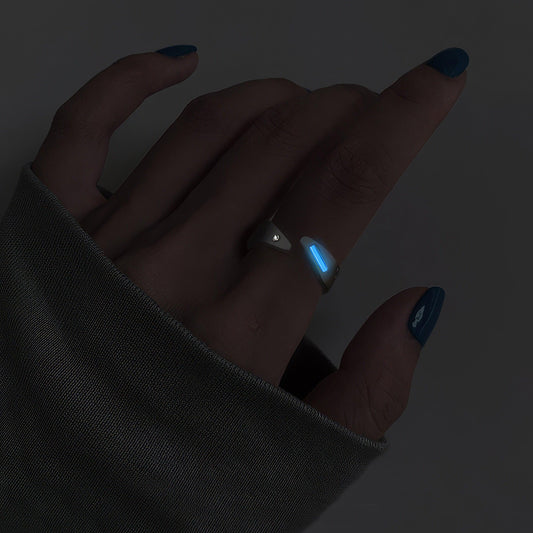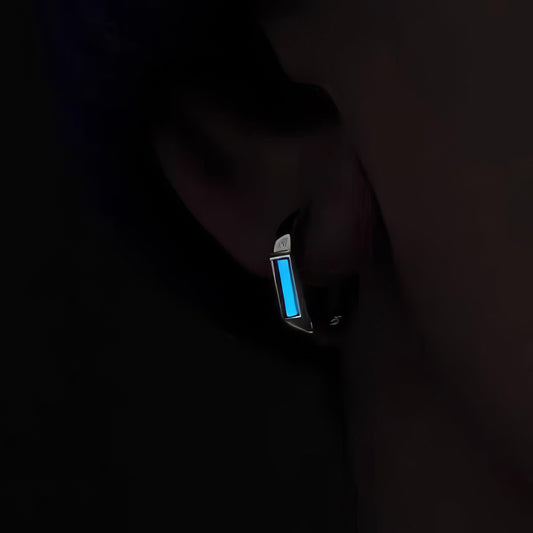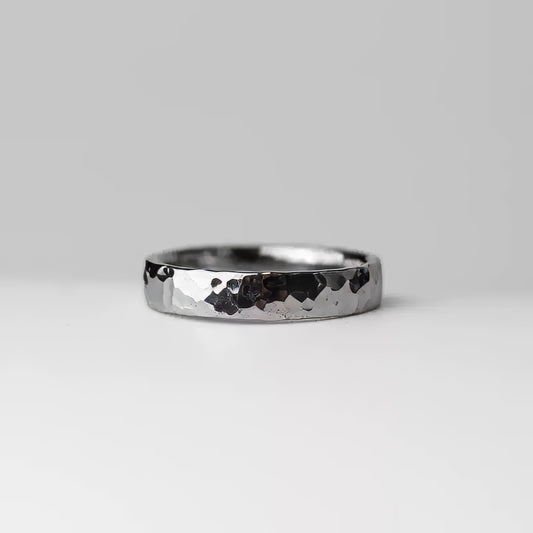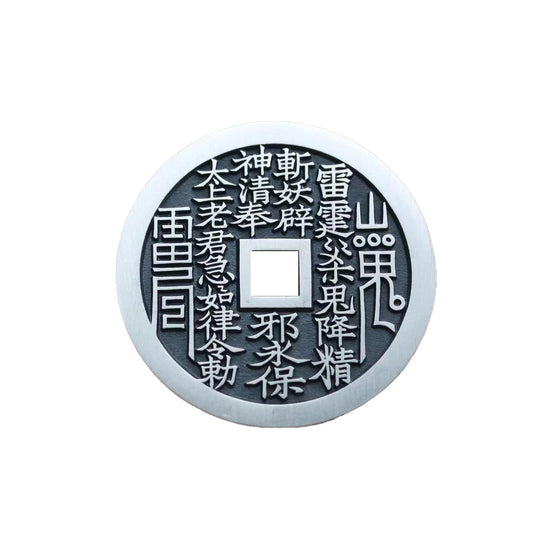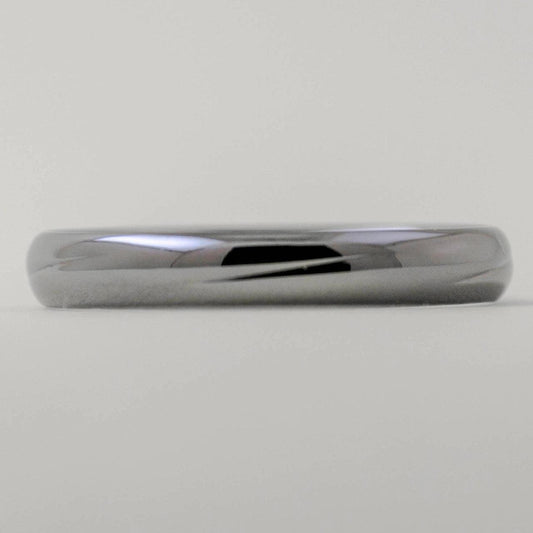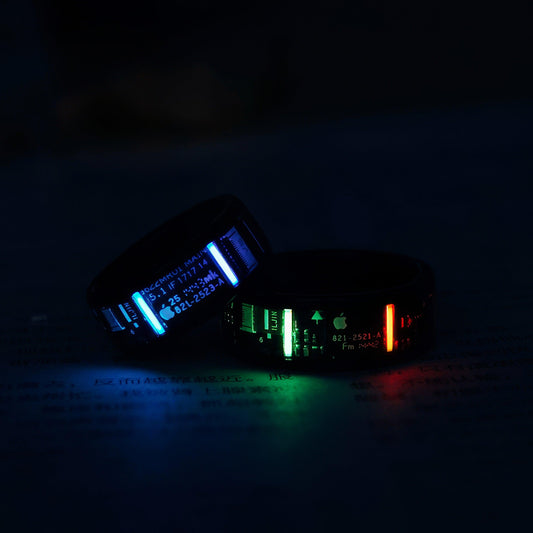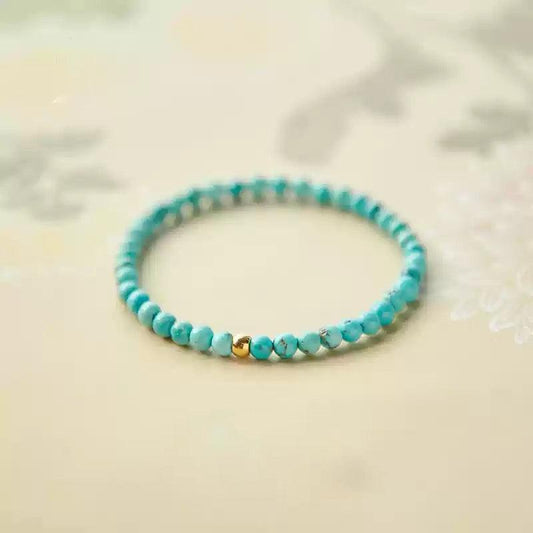Finding the Perfect Fit Ring Size by Circumference
Finding the Perfect Fit Ring Size by Circumference
It all started when I decided to surprise my partner with something a bit more special than the usual dinner or weekend getaway. A ring. But not just any ring—I wanted it to be perfect, a piece that would ooze elegance yet fit snugly around her finger like it had always belonged there. Little did I know, choosing a ring wasn't just about aesthetics or price; it's about nailing that precise fit, a task that brings us down the intriguing rabbit hole of measuring ring size by circumference.
Many people, mostly like me until recently, aren't aware that ring sizes often differ from region to region, and what's more, the way to measure them can vary too. In many Western countries, ring size is determined by measuring the inner circumference of the ring. This method is not only precise but also accommodates the subtleties of finger size changes throughout the day. After all, fingers aren't consistently the same size—something I discovered on one chilly morning when my own ring felt looser than usual.
One might think all you need is a piece of string and a ruler, but the journey can be a tad more complex. Ensuring accuracy involves considering how tight or loose the ring should feel, balancing comfort with the fear of having it slip off during a careless wave or exuberant gesture. I remember learning, to my surprise, that the ring should slide over the knuckle with some resistance but shouldn't be tight enough to leave marks on the skin.
So there I was, trying to measure discreetly, with a bit of string and a small ruler in hand. It was amusing, truth be told, trying to guess the time when she would be least aware of her surroundings (which is a challenge when living with someone who is always aware of her surroundings). I bungled the first few attempts until I realized this wasn't just about numbers; it was about observation and timing too.
While methods vary—some use plastic gauges or metal slats used by jewelers—the basic principle remains consistent. The circumference is multiplied by a factor that corresponds to a numbered size. In the U.S., a 49.3 mm circumference equates roughly to a size 5, while in the UK, the same size might take on a lettered label. And while I learned to navigate these measurements, I also got a crash course in ring styles and materials. Do you go for the timeless appeal of gold, the understated elegance of platinum, or perhaps a more exotic metal? This added a layer of personalization to the whole endeavor.
Reflecting on this adventure, it was an enlightening experience that went beyond just acquiring a ring. It was about understanding the intertwined nature of detail, sentiment, and culture. Although I ended up choosing a delicately designed platinum band that matched her personality perfectly, the real treasure was in the knowledge gained and the joy of seeing her eyes light up as the ring slid perfectly onto her finger.
So next time you find yourself in the position of picking out a ring, remember that the circumference is not just a number but a key to ensuring that special piece fits just right. This experience taught me that small details can make all the difference, turning a simple gift into a cherished memory. And perhaps, in the end, that's what really makes a ring invaluable.
